You are correct. As an object moves towards you (i.e. translateZ) it appears larger (i.e. scale).
As shown in this diagram, perspective defines where the viewer is relative to the container and translateZ defines where the subject is relative to the container.

The formula to go from scale to translateZ (and back):
 -OR-
-OR- 
I'll leave the mathematical proof to a math whiz, but I did some checking with the pythagorean theorem and everything works out.
Example:
Let's say you're 100px from the container: #container { perspective: 100px; }
- If you
translateZ(50px), the subject has moved halfway to you and will appear twice as large, making it 2x.
- If you
translateZ(75px), the subject has moved another halfway closer and will double again, making it 4x.
- If you keep doing this, as you get closer to
translateZ(100px), the subject will approach being to infinitely large.
Try it out. Here's a JSFiddle to compare different examples visually.
Limits:
This works if the subject is moving directly towards you, but falls apart if you do things like rotate the subject in 3D space. There is math for that too, but it gets complicated. Check out 3D Projection on wikipedia.

 -OR-
-OR- 